
Social Media Audit: How to Perform the Perfect Social Media Analysis with Swat.io
Every social media marketer should regularly take a close look at the status quo of their social media activities. With a social media audit, you get an up-to-date overview of what works and what doesn’t. Besides, you can use this overview to optimize your strategy across different channels. A social media management tool like Swat.io helps you to do this.
In this article we discuss what you need to know about the term social media audit and how you can perform your analysis in the best way possible.
What is a social media audit and why is it so important?
The word “audit” is derived from the Latin “audire” and is familiar from the field of quality management. It refers to the examination of activities, processes, results or even a control system within a company. An audit aims to determine the degree to which previously defined requirements, standards or norms are adhered to or fulfilled.
The situation is similar in social media marketing.
In a social media audit, you collect all relevant information about your own social media channels and then analyze them with regard to your own goals.
So in a way, you carry out a social media inventory checkup.
The goal of these measures is to answer questions like the following:
- Which of your strategies and activities work best?
- Which ones should be developed or strengthened?
- Which measures are unsuccessful and can be neglected or even stopped?
- Does the corporate presence on each social media channel correspond to the overall corporate identity?
Ultimately, the goal is to continuously optimize your social media marketing. This can also include saying goodby to a channel completely and concentrating your resources elsewhere. After all, more is not always better.
Performing a social media audit with Swat.io: Step by step
Everything in one place: A social media management tool makes it much easier to conduct your audit because you can access relevant key figures centrally and export them directly. In Swat.io, for example, you can find all the data you need in the “Analytics” section.
We’ll show you step by step how to do perform your audit in this guide. Alternatively, you can also carry out an audit if you don’t use a social media management tool. In this case, it is best to use the internal analytics features of the individual platforms and compile important key figures in an Excel spreadsheet.
1. Define relevant channels
In the first step of your social media audit, you define the channels for which you want to collect metrics. For a complete overview it makes sense to include all (active) channels in the audit. However, depending on your use case you would want to examine only a part of your social media marketing.
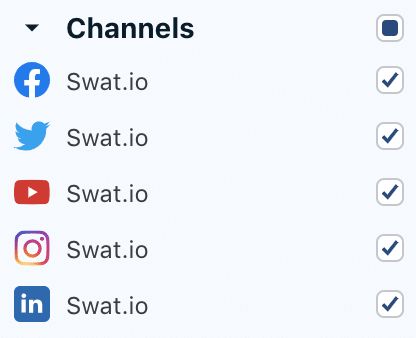
If you perform your audit with Swat.io, you select your channels by placing check marks under “Channels”.
2. Define relevant key figures
In social media management, you can collect a wide range of metrics. Which ones are most important in your case depends on your goals.
If you or your team focus on reach, the number of followers and growth play a central role. If you want to build an engaged community and increase customer loyalty, interactions are the most important thing. Goals often differ from channel to channel. Perhaps your Twitter account is used primarily for customer service and your Facebook account’s aim is to increase the engagement of your followers. Try to focus on the metrics that are truly meaningful.
Especially important metrics for a social media audit are usually the following:
- Size of the community: How many followers do your accounts have on each different channel and how quickly is your community growing? Although the highest possible follower growth has long since ceased to be a sensible goal in social media marketing, the size of your community should ideally grow steadily.
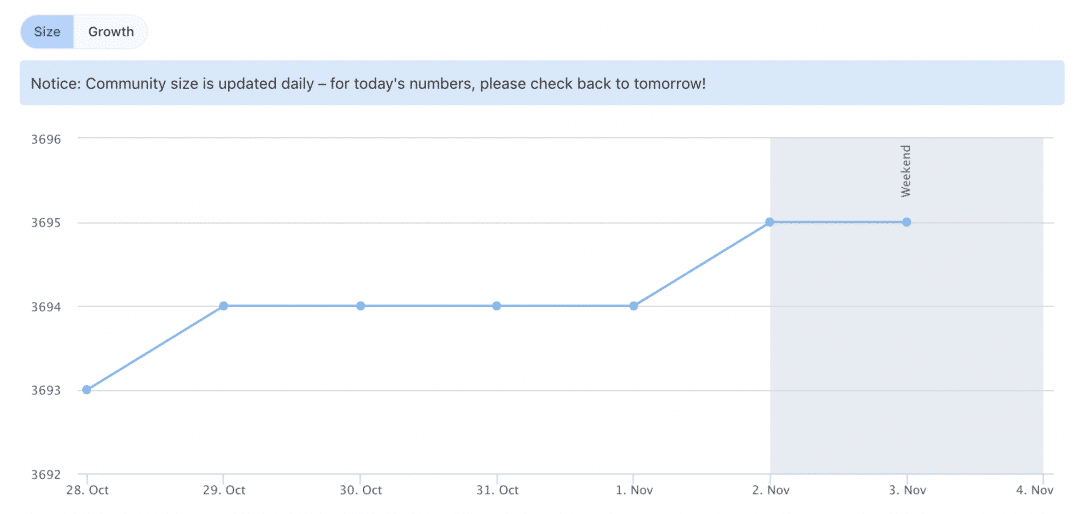
- Interaction/engagement: Interactions tell you whether your content is relevant to your target audience. You can include the number of likes or comments in your audit.
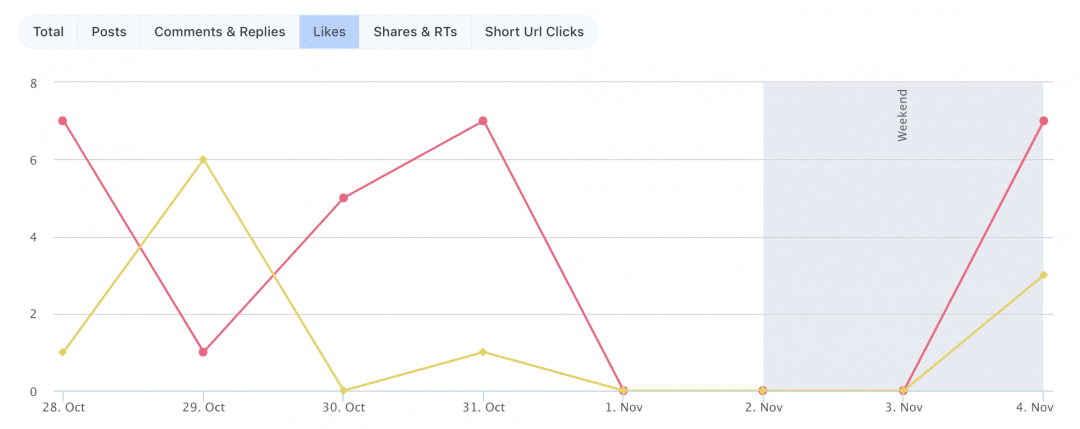
- Type of content: Which posts achieve the greatest reach and/or the most interactions? Here you need to analyze individual posts and draw conclusions for the composition of your content mix.
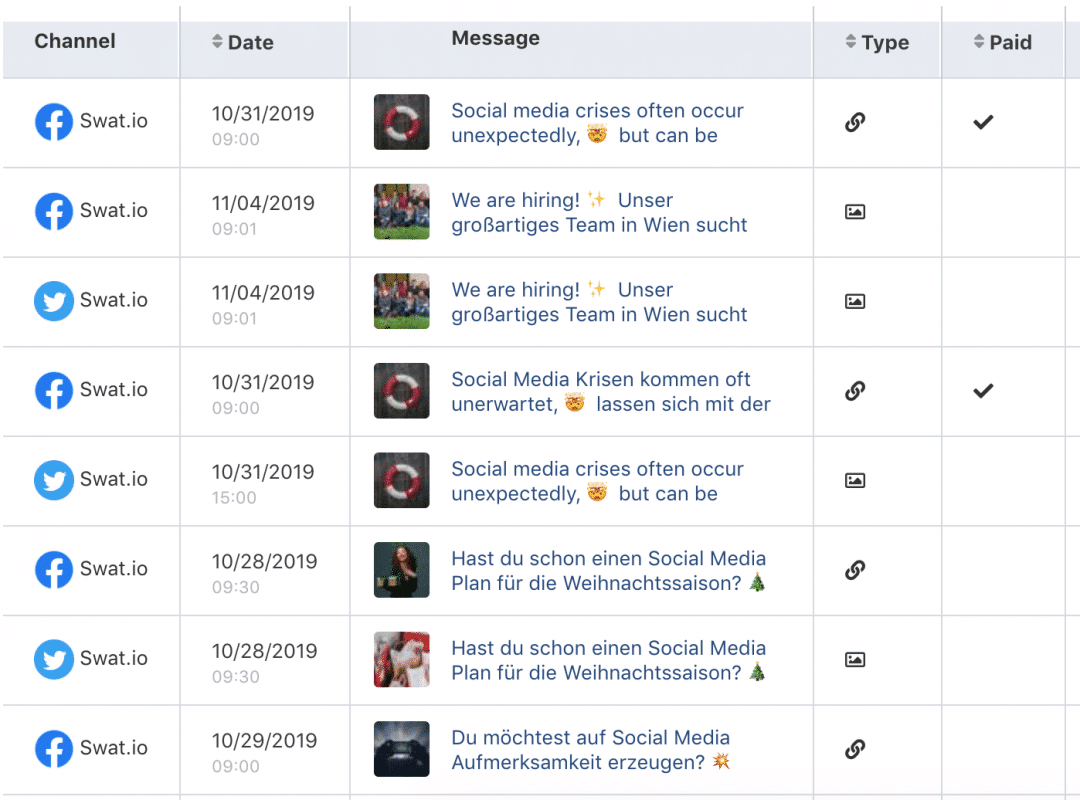
- Reach/impressions: Reach can be an important metric for your brand awareness. Some platforms like Twitter show impressions instead.
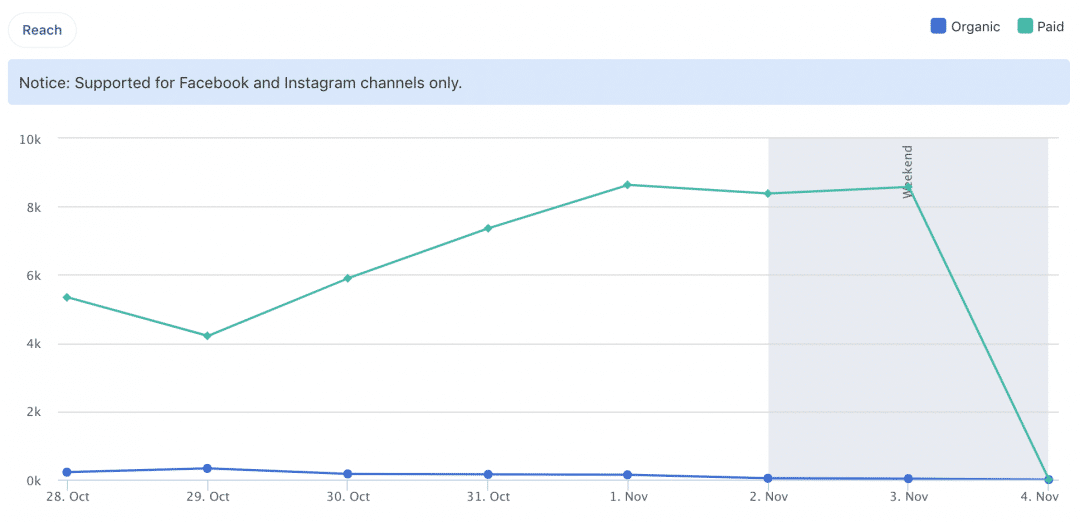
If you run ad campaigns, we recommend that you include your ads in your audit. You can find key figures directly at the respective advertising platforms. For example, you can analyze the following important metrics:
- CPM (Cost per Mille): The advertising costs per thousand ad impressions help you in assessing the profitability of campaigns.
- CTR: The so-called “click-through rate” describes the number of clicks in relation to the impressions.
- Frequency: How often has a person seen an ad? If the frequency is too high, it is time to try a different targeting in order to reach a larger audience. The threshold here depends on several factors, such as whether your brand is already established or quite new to the market.
If you want to evaluate very specific things, the analytics of individual platforms can be a good addition to Swat.io. For example, to find out which one of your hashtags on Instagram does particularly well.
Want to know more about which metrics really matter in social media marketing? Read our blog post “Social Media 2019: Statistics and benchmarks for your marketing“.
3. Compare and export key figures
Once you have determined results for the most important key figures, it is time to put them in relation to each other. This is the only way to know what has improved, deteriorated or stagnated and whether your social media efforts are hitting your goals.
You have two options:
- Swat.io uses diagrams to illustrate developments over a period of your choice.
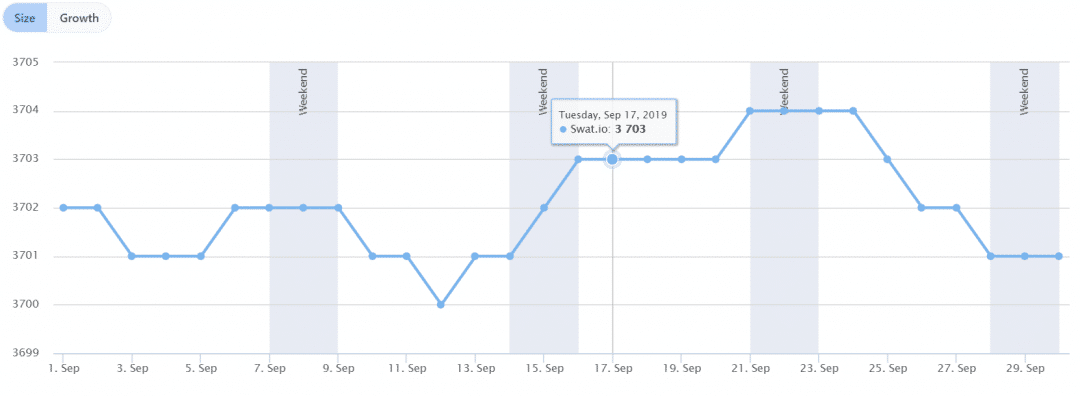
- If you want to compare snapshots of certain points in time, for example at the end of each quarter, it is a good idea to continue working in Excel. Simply click on Export in the top right-hand corner in Swat.io and personalize your analysis the way you need it.

4. Draw conclusions
Key figures alone are only half of the job. After all, you want to gain insights into how you can optimize your strategy. You can do this, for example, by viewing the most successful contributions over a certain period of time under “Content” in Swat.io’s analytics section. This way you can answer questions like:
- What type of content achieves the greatest reach?
- Which posts are the most interactive?
- At which posting times are you reaching the most or the least users?
You can use tags to mark all posts in a campaign and specifically target it with your analysis. Swat.io allows you to filter your data by these tags.
5. Implement changes
Now it’s time for the most important part of your social media audit: It’s time to implement the insights you gained as actions.
This can mean creating and publishing more content of a certain type. Perhaps you came to the conclusion that your users are particularly eager for videos, that they appreciate tutorials or prefer emotional storytelling.
Tip: In this phase it is often helpful to put down new posting ideas directly in the content calendar.
Creating good content is an art. We’ll teach it to you. Download our free eBook “The Art of Social Media Content Creation” now and take your content marketing to the next level.
You may also decide to spend more time and resources on specific channels. As mentioned earlier, it’s even possible that a particular network simply won’t work for your company or brand at the moment. Then it’s best not to waste any more time on it and simply pull the plug.
The same applies to advertising campaigns. Again, the question is which types of ads work and which ones don’t. Based on the answer, you can redistribute your budget and use it more efficiently.
After the audit is before the audit
You can only fully utilize the potential of social media audits if you carry them out regularly. Quarterly audits are a good baseline. However, the perfect time intervals also depend on whether you are running special campaigns or whether there are clear changes in your marketing strategy, independently of audit timing.
Either way, it is immensely important to keep track of your activities. With Swat.io you always have the relevant data at hand.
 Published: 05. November 2019
Published: 05. November 2019  Updated: 05. January 2023
Updated: 05. January 2023 








